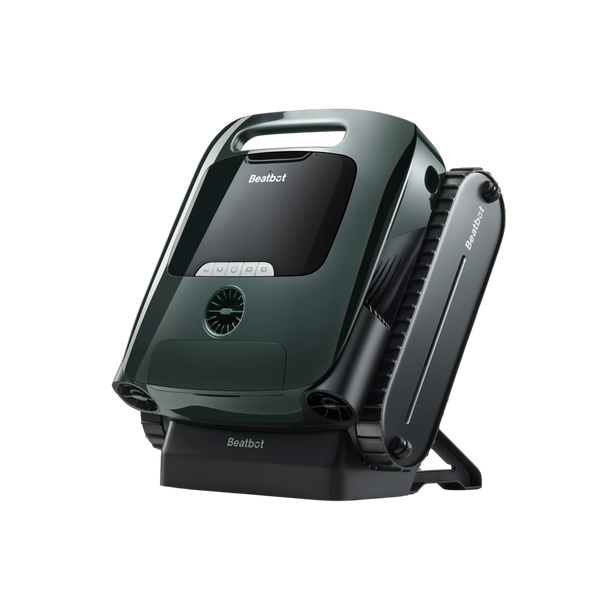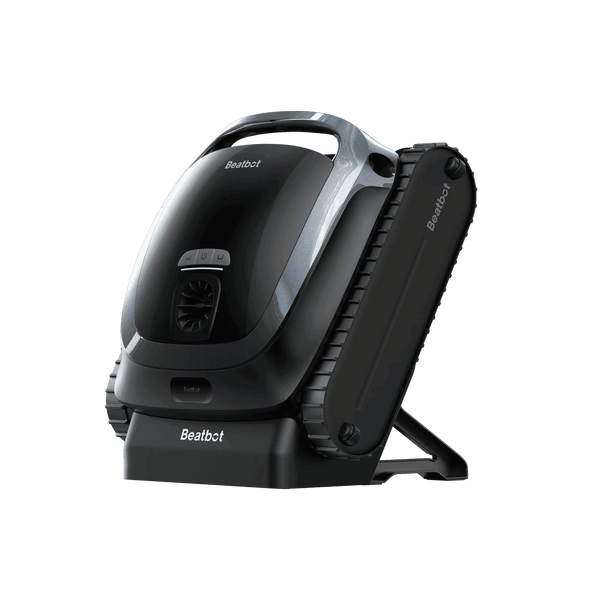The Role of Ozone in Swimming Pool Sanitation and Water Clarity
There it is—glistening like a diamond in your backyard—a pool of your own. However, that ideal pool water isn't just about looks; it's about cleanliness and safety for a swim.
And that is where ozone - your secret weapon for eliminating bacteria, virus, and algae comes into play. It is like a miniature, invisible cleaning crew working 24/7 to ensure your home has a clean state of readiness for relaxation.
Table of content

Got A Pool? Dealing with Daily Dramas
Every day your pool has a different series of little accidents. It is a tiny ecosystem with its own difficulties, if you like. Actually, a light rain, gust of wind, a few leaves drifting down -- all these can bring the unwanted guests of algae and bacteria.
And when that isn't bad enough, we've got wildlife living which might also introduce some more unwelcome company in the form of pathogens.
Then there's our old stand-by, chlorine, which does a good job until it runs across those bits of organic material that bathers leave in the water, namely sweat or make-up.
When these two meet, they produce by-products which are not the best things for your health. It's a constant fight against nature, but with correct handling you can keep your pool sparklingly clear and a delight to enter.
Enter Ozone: Your Pool's New Best Friend
Ozone, or O3, is the unsung hero of the atmosphere, created when a normal oxygen molecule (O2) gets an additional oxygen atom added to it.
This one ingredient provides a potent disinfectant that has been protecting us from harmful UV radiation and other radiation for eons.
This isn’t some scientific shock; ozone is a natural friend when it comes to keeping swimming pools free of contaminates and safe.
Ozone, with its powerful capacity to destroy bacteria, viruses, and other contaminants, preserves your pool water's ultimate purity. And the best part? It doesn’t leave any icky residues, unlike chlorine, so it’s a cleaner, safer option to keep your pool in the best health possible.
The Science of Ozone
Lets talk about ozone deeply, a mighty oxidant when it comes to keeping your pool water clean and clear but also a vital defender when it comes to the safety and wellbeing of you and your family.
Ozone (O3), which consists of three oxygen atoms, effective against waterborne pathogens.Ozone is not just a friend of your pool, it is also a broad-spectrum disinfectant, which means it can be more effective against more pathogens than chlorine—some of which may be more resistant to re-chlorination or present in higher concentrations due to organic content.
With its stronger oxidizing ability, it can decompose complex organic pollutants, and finally improve overall water quality.
Ozone not only plays defense when it comes across bacteria, viruses, or other microorganisms; it goes onto the attack. These pathogens have its cell walls disrupted from ozone, killing or inactivating and turning them to normal by-products of body chemistry.
The process is fast, as ozone only needs a small contact time to act — often a few minutes will be enough. Ozone breaks down into oxygen once its work is done, so there are no chemical residues left behind, a big plus compared with conventional chlorination.
Ozone in pools is good for more than just killing pathogens; it is good for the swimming experience.
With ozone treatment, the water is clearer, softer and fresher, without unpleasant chlorine odors.
And since ozone smells nothing and is not irritating, it lowers the risk of skin, eye, and breathing irritation associated with chlorine.
All in all, ozone is a formidable fighter against waterborne nasties. This provides safe, natural, effective and environmentally friendly solution to keep your pool clean, so that you can enjoy a refreshing and healthy swim each time.

How to Use Ozone in Your Pool
You can't put ozone directly in the pool. Rather, a device known as an ozone generator pumps ozone gas into the pool's circulation system.
The ozone then sanitizes the pool water that passes through it before circulating back to the rest of the water in your pool.
Here is a guide on using ozone in your pool:To start with, you will require an ozone generator. The unit is installed in the pool's circulation system, usually after the filter.
Make sure it has fresh air and not underground because ozone requires air.There are two main types of ozonators, corona discharge (CD), and ultraviolet (UV).
The latter, CD generators, are used for a higher dose of ozone and are way more expensive than the former, but are far more effective. UV generators are less expensive but need more maintenance.
An ozone generator will split oxygen molecules (O2) creating ozone (O3). It is achieved either by means of high-voltage electrical discharges (in CD generators) or by blowing air over ultraviolet (UV) lamps emitting at 185 nanometers (in UV generators).
So after creating the ozone, we have to inject it into pool water. This process is generally conducted through something called venturi injection, where the flow of water creates a vacuum that pulls ozonized air into the water stream, allowing for maximum mixing.
For the ozone is a powerful oxidizer that kills organic contaminants and inactivates pathogens as it flows through the ozonator in the pool water.The next step is sending the purified water back to the pool where the remaining ozone is negligible or undetectable due to its short half-life in the water.
Ozone does not leave a residual in the water, so it should be used as an adjunct to another sanitizer (chlorine or bromine) to provide continuous pathogen protection.
Safety First with Ozone
With ozone, it's sort of like wielding a super end-all, be-all magic wand—it's fantastic stuff, but you really have to know what you're doing.
Ozone is a very potent oxidizer, perfect for cleaning your pool but also a bit of a bully if not kept in check. So to be clear about safety, to ensure everybody can remain safe:
Obey the Rules:
Safety guidelines and local regulations exist for a reason. They are the lifeguards of the ozone realm, keeping things safe and sound.
Proper Containment:
Get your generator setup & service as per requirements. This is the magic spot, so we can't have any messing up here.
Stay Informed:
Scrutinize the manner you operate your ozone generator. You should know how it works, how to turn it on, and most importantly, what needs to be done when something goes wrong.
Have A Plan:
Prepare for a leak or if ozone levels are too high. It's kind of like preparing an umbrella before the rain starts—you hope using that umbrella is not in your plan but you as well have a backup.
Cost Considerations of Ozone Generators
Choosing an ozone generator for your pool is much like shopping for a new gadget, you get what you pay for. That varies widely based on the size of your pool and the model you select.
Thing is, its an expenditure you can take comfort in knowing it will save you some cash down the line by reducing the need for chemicals and preserver clear, clean water. Consider it a two-for-one deal with your wallet as well as your pool.
As much as ozone can minimize your need for chlorine and other chemicals, it isn't a free ride in the cost department. You will replace some components and bulbs, and you may still have some nonchoroine shock features. But for the sake of a clearer, safer pool that may be worth it.
With ozone, you're not only giving the pool a facelift, you're also welcoming a refreshing, healthy, and high-spirited party into your backyard. Whenever you take a dip into that clear, sparkling bay, you are enjoying the greatest of treasures your oasis has to offer.
Relative Blogs
About the author



















